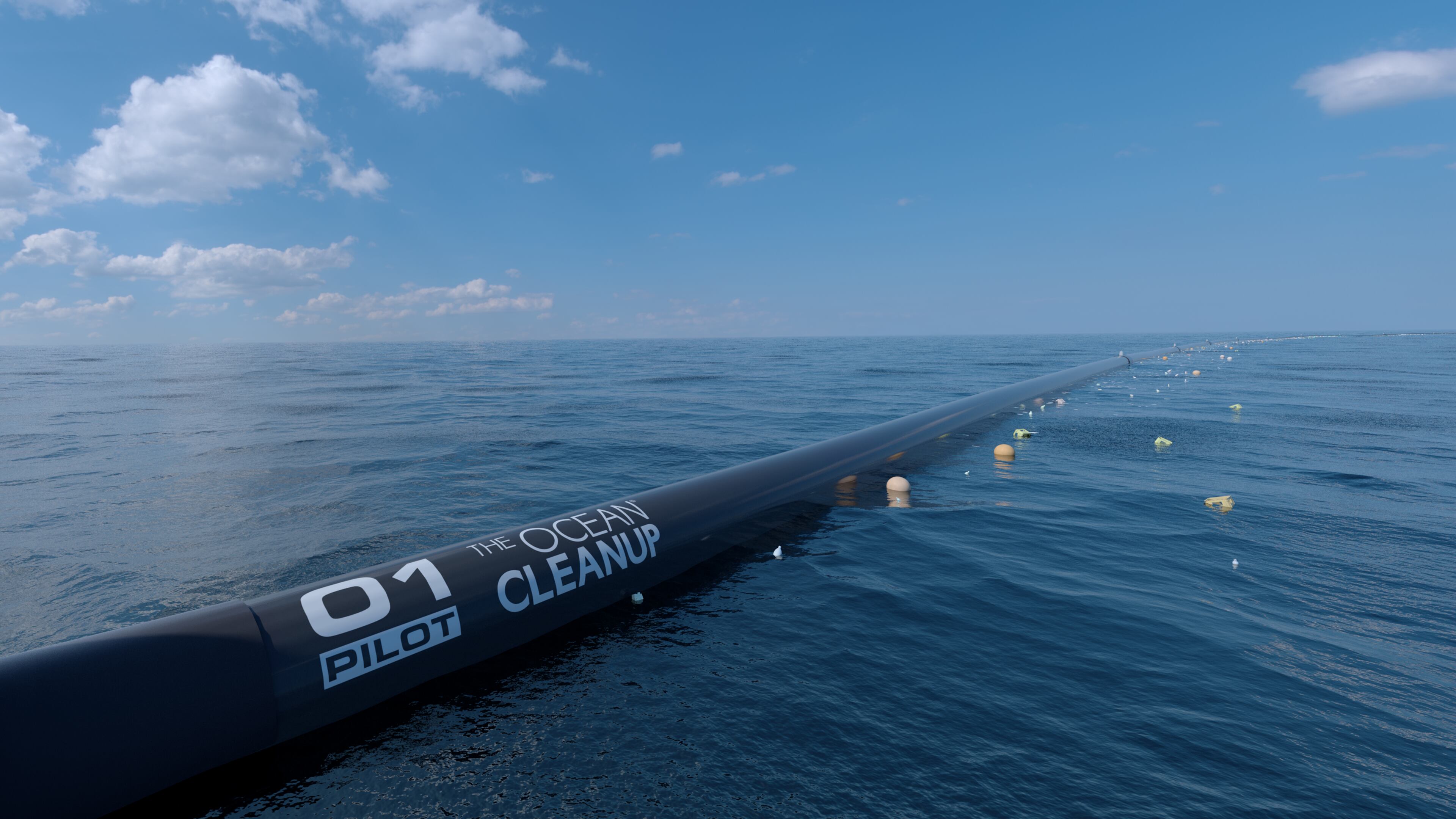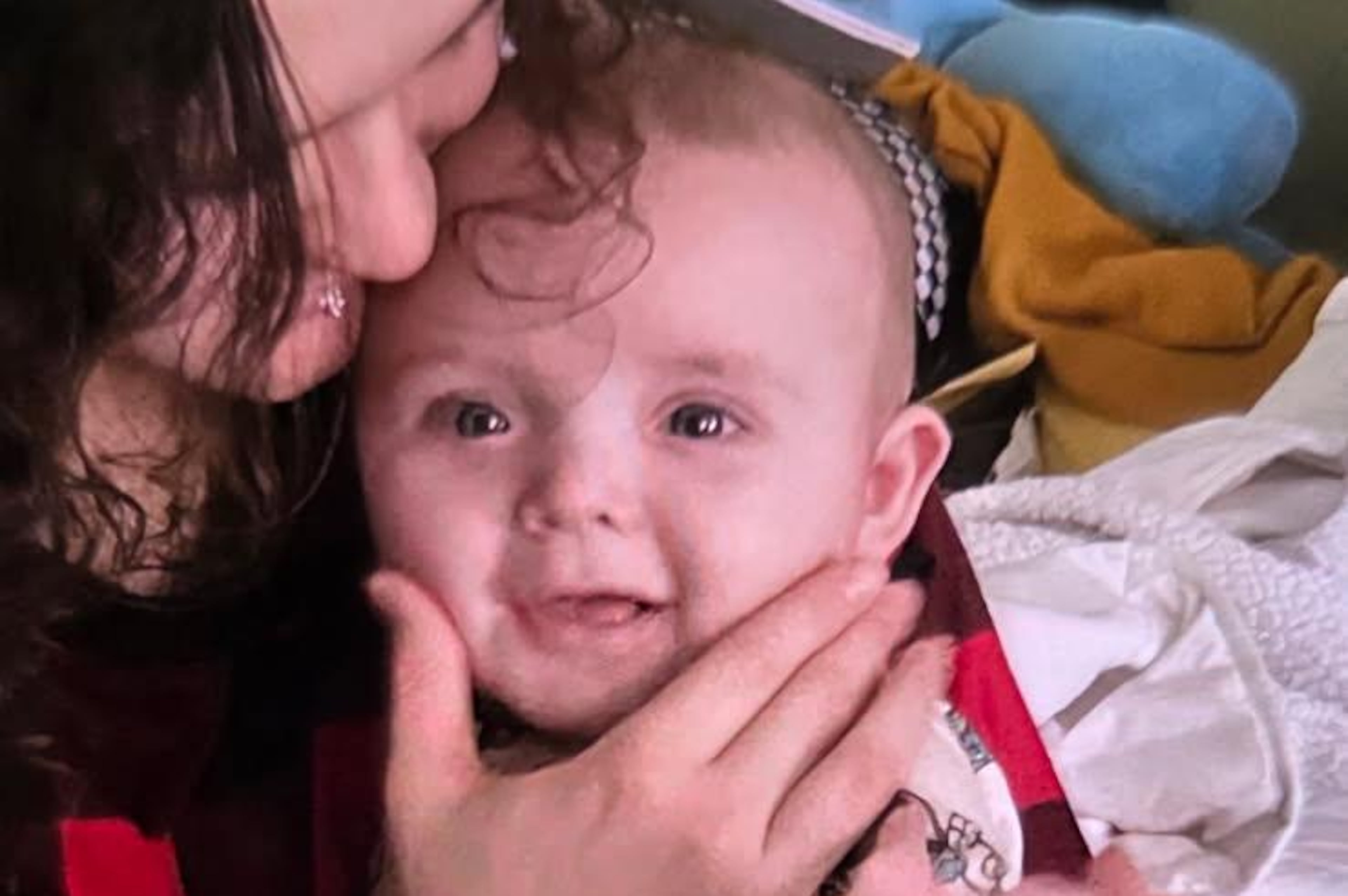50 plastic-eating machines to clean trash from Pacific Ocean

A Dutch organization is set to install technology systems to remove chunks and chunks of plastic from an infamous part of the Pacific Ocean known as the Great Pacific Garbage Patch.
The area, also called the Pacific trash vortex, houses a collection of marine debris (mostly plastic) and accumulates because most of it is not biodegradable.
The massive cleansing project headed by nonprofit The Ocean Cleanup hopes to remove 50 percent of the trash in the area in just five years.
The idea behind the mission comes from 22-year-old Boyan Slat, Ocean Cleanup's founder and CEO, who launched a crowdfunding campaign in 2014 with an original design to clean up 42 percent of trash in 10 years for $320 million.
But the new and improved design, Slat told Fast Company, is expected to not only clean up more junk, but cut that timespan in half and cost much less than the original design.
Slat initially envisioned using one large screen tethered to the ocean floor to trap plastic trash.

Instead, the team of 65 plans to deploy a 60-mile stationary screen and 50 smaller ones measuring 0.6 miles in length — all suspended with anchors floating in deeper water instead of tethered to the floor.
The screens are intended to move slower than the plastic and act as “artificial coastlines,” ebbing and flowing with the Pacific’s own currents as they catch debris.
A boat will periodically sweep up the debris from the screen.
Slat expects to collect tens of thousands of tons of debris each year, he told Fast Company.
» RELATED: Scientists keep finding odd animals in the ocean
According to a press release, Ocean Cleanup's first pilot parts are in production and testing will start off the American West Coast by the end of the year.
The team aims to deploy in the Great Pacific Garbage Patch in the first half of 2018, two years ahead of their initial schedule.
So, what will they do with all that plastic? Slat told Fast Company the long-term plan is to recycle the debris into items like sunglasses, car bumpers and other products companies can sell.



